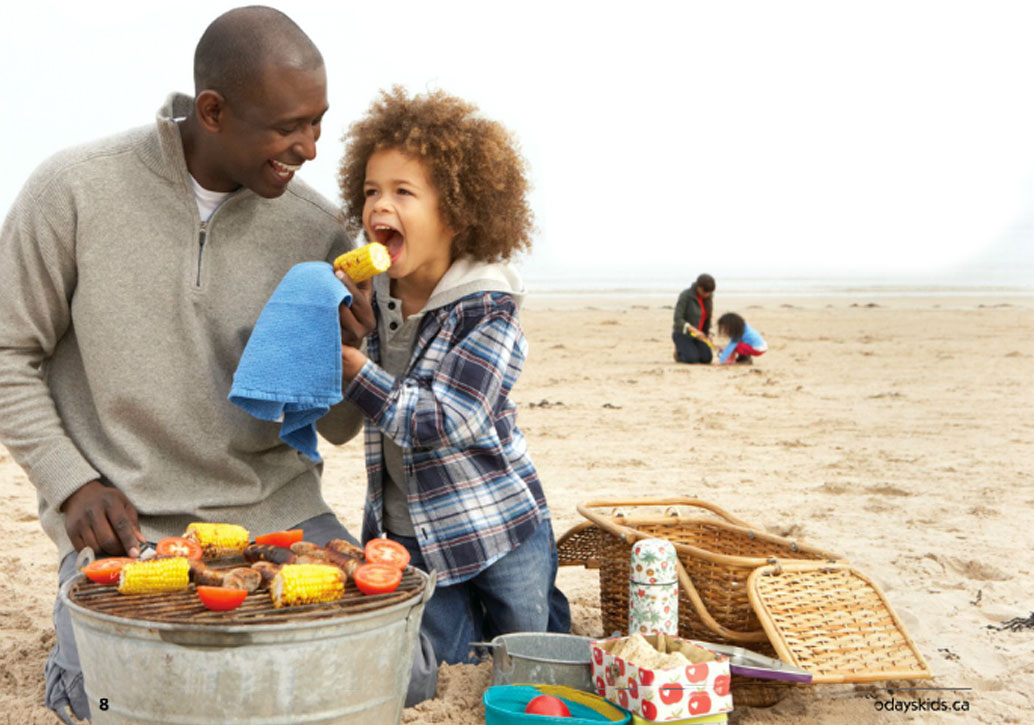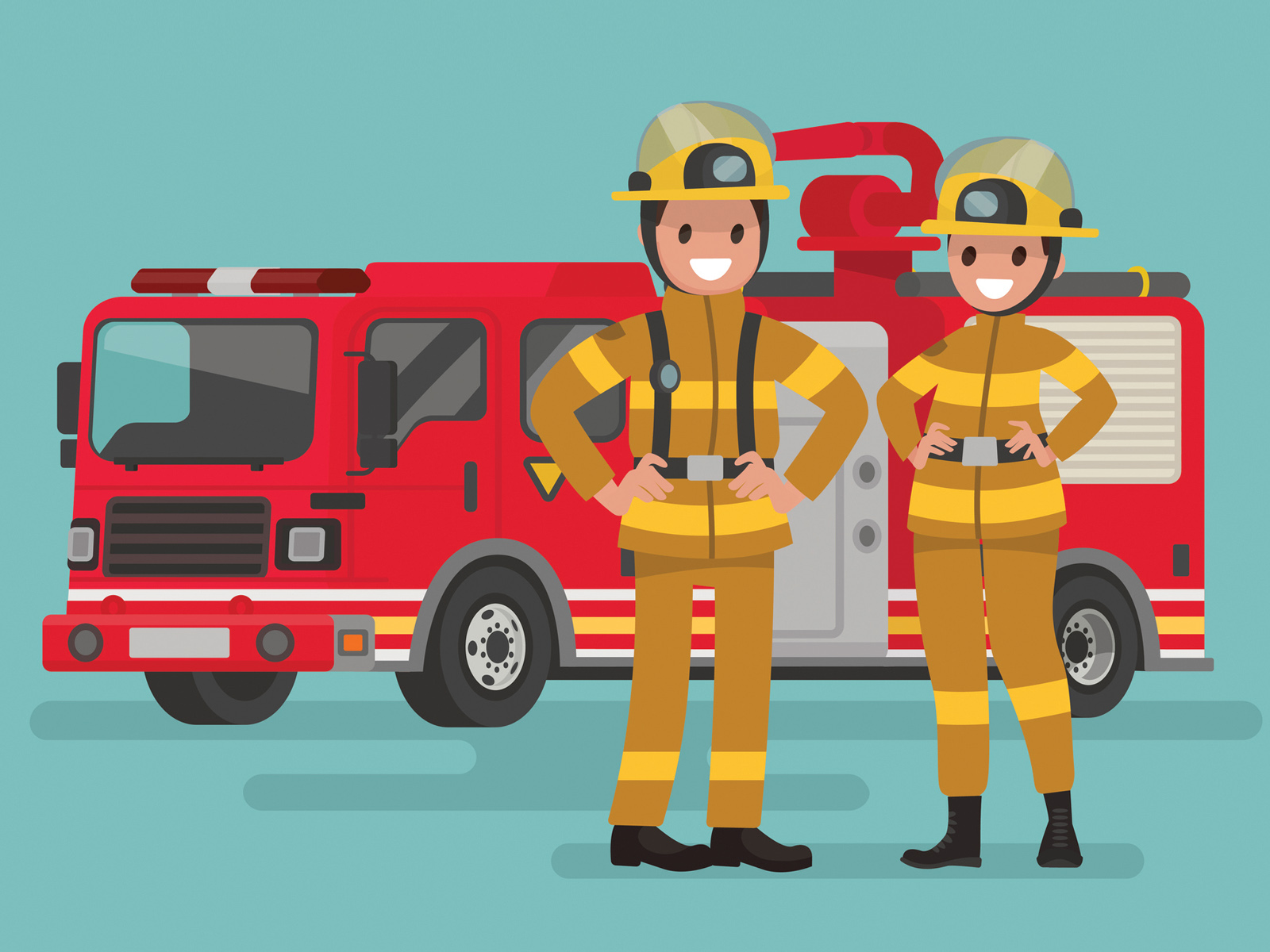By: Chris Gaspar
Now that the warmer weather is here, travel is on everybody’s mind. Every family faces challenges when they decide to take a trip, and these may be especially acute if a child has special needs. Keep reading to discover ways to help you navigate through some of the obstacles.
1. Look into accessibility
Research your destination as a family to make sure it has all the necessary accommodations to help your child have a fun and safe trip. If you’re going by plane, contact the airline ahead of time to inform staff of any special arrangements. Find out if hotels and tourist attractions are accessible by going online or check with a travel agent for additional information. These days, most hotels have rooms reserved for people with special needs that include accessible beds or washrooms. Contact the hotel in advance to make sure you are able to get the room you want.
Specialized agencies geared towards providing services for travellers with disabilities can be a source of additional information. Their staff will know the most accessible destinations and can advise which services, local hotels, tour operators, car rental companies and attractions in the area will be able to provide for your child.
2. Join an accessible tour group
Joining a group can be a fun way to meet people and experience new things.Try to find one that is specifically designed for people with special needs. This will help ensure all the locations you visit are accessible. Moreover, others on the tour may be more supportive and willing to help with any challenges you face.
3. Take your service animal
Service animals, such as guide dogs for people who are visually impaired, provide much-needed assistance. Although some hotels and restaurants don’t allow pets, they are required by law to allow your service animal to enter.
When flying, you may be required to advise the airline of your intention to bring a service animal up to 48 hours before departure.
4. Keep medication or aids in a secure place
Stow your child’s medication or other important medical aids in a safe and easily accessible location. Secure, easy-to-use luggage is very important when planning a trip, so ensure your carry-ons are easy to open and close and there is plenty of space for various items. Size and weight limitations for carry-ons may be in place when travelling by plane, so be sure to check with the airline ahead of time to avoid complications or delays.
5. Take documentation
Some destinations may ask to see medical documentation to ensure any required needs are met. A note from your doctor outlining your child’s medical history can be good to have, especially in places such as the airport, where officials may need to see some paperwork. Include a list of required medications or supplies and keep it accessible. Don’t forget your service animal’s certification, if applicable.
6. Retain a sense of routine
While going on vacation can provide a pleasant change of scenery, it can also unsettle children who are used to routine. It may be helpful to create a chart of Daily activities, highlighting everyday tasks such as tooth-brushing and getting dressed to help kids adjust to the idea of being away. Let them know that certain things don’t change, no matter where you are.
7. Don’t be afraid to ask for help
The staff at tourist destinations are often helpful and polite. Feel free to ask for assistance if your child needs help with anything, whether you’re at a hotel, restaurant or amusement park. As accessible and accommodating as the world has become, there are still places that may not be equipped for your child’s needs. If you can’t find an alternative to an inaccessible route, ask others to help you steer through these areas safely.
8. Be yourself
When travelling, it’s easy to worry about how others may react due to cultural or social differences. Today, most destinations are fully accessible and many people are aware of the needs others may have. Try to reassure your children by telling them not to worry and to be themselves. If people stare or ask questions, simply be open about the challenges your child may face.
9. Go to kidfriendly places
Give your child an opportunity to travel to a destination the whole family will enjoy. An amusement park, the world’s biggest mall or a show in another country can be enjoyable and even bring out your inner child. Keep “kid-friendly” food in mind when considering dining options, especially if your child is a picky eater.
10. Go out and have fun!
When the family is in a new place, it can be easy to give in to the desire to “play it safe” and stay within the confines of your hotel for the entire trip. Try to challenge yourself to see as many tourist attractions as you can, so that you and your child experience the full joy of travelling. The most important thing to remember on any trip is to relax and have fun. Engage in activities that both you and your family will enjoy. On a fun vacation, you will make pleasant memories that last a lifetime.
Chris Gaspar is an intern with the Publishing Certificate Program at Ryerson University. He was born with a mild form of cerebral palsy and has always had an interest in improving the lives of children with special needs.
Vacation time!
Some special needs organizations offer vacation funding for families who want to travel. For example, the Ontario Federation for Cerebral Palsy (OFCP) offers a Vacation Funding Assistance Program for OFCP members with cerebral palsy. Visit their website for more information: http://www.ofcp.ca/vacation.php














